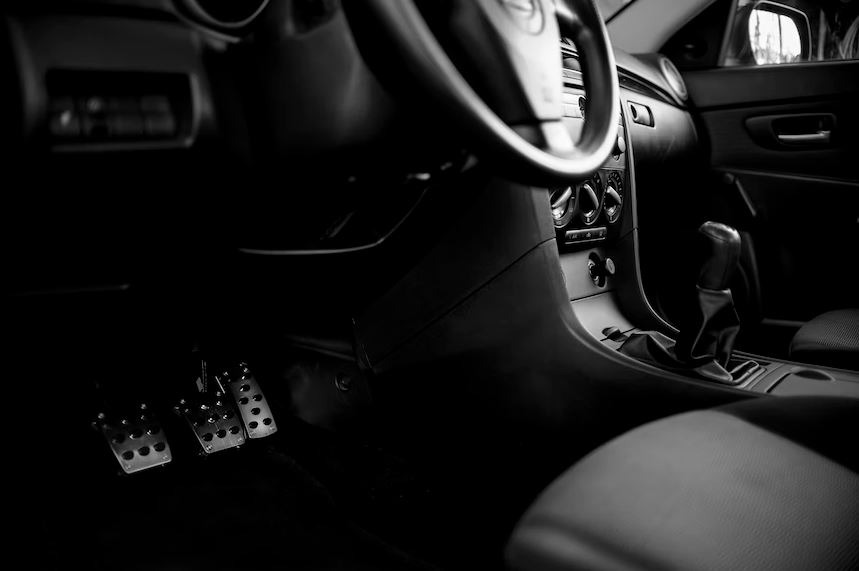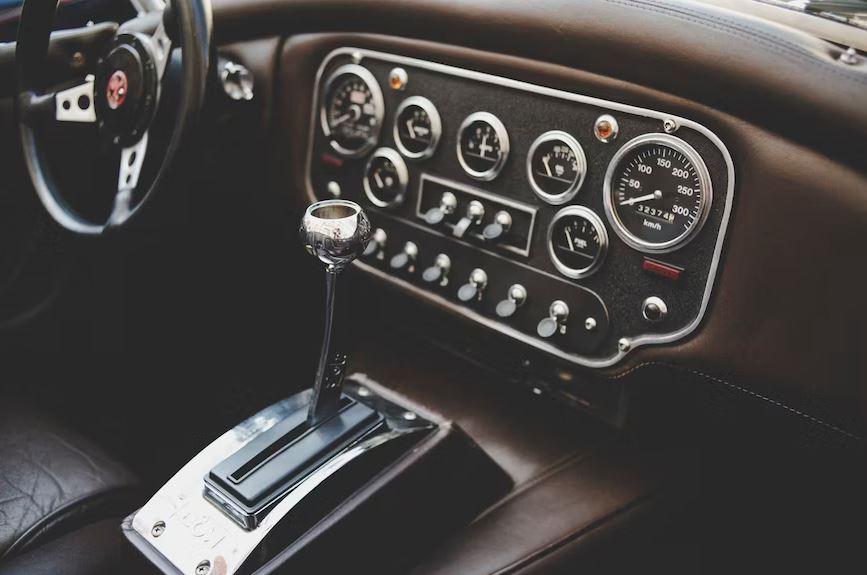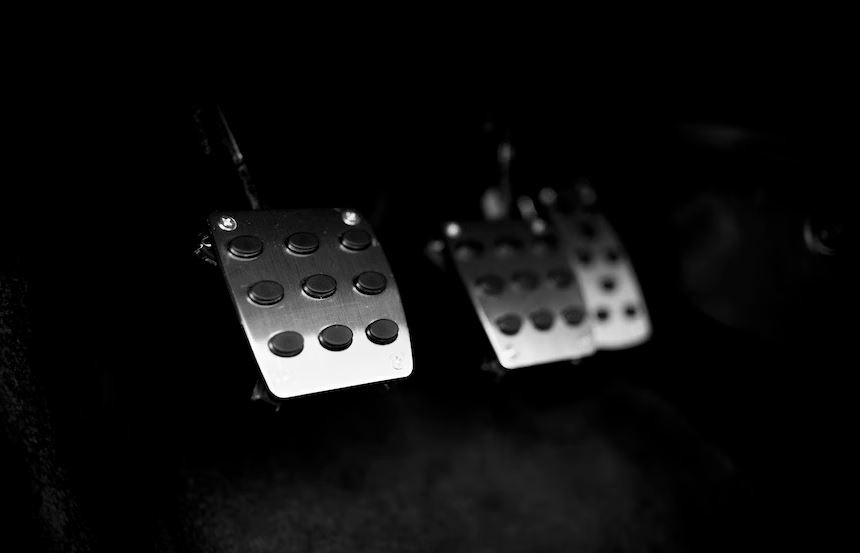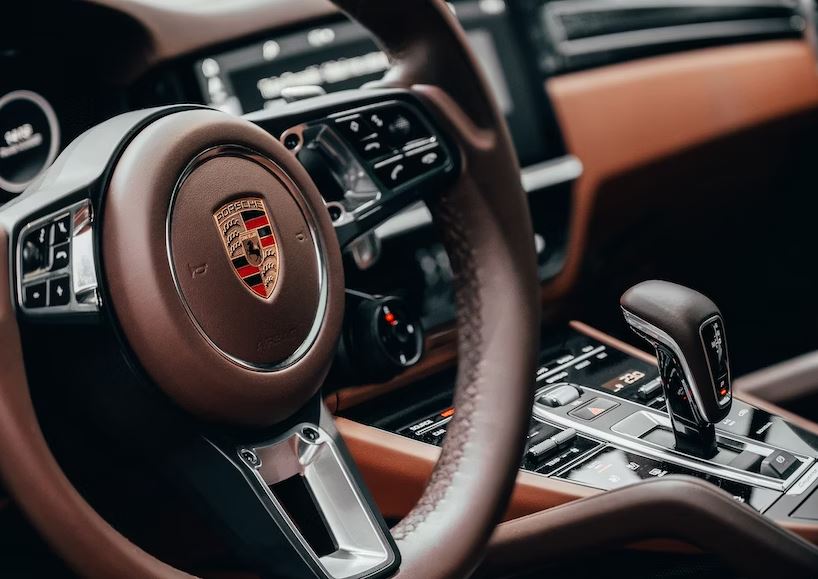Cars are complicated machines to use and control, as there are many parts or components involved in its mechanics. There are several parts of a car that are considered to be more important than the others, and one of these parts is the car’s transmission system, which is actually composed of different components that are responsible for transmitting the power or energy generated by the engine to the movement of the axle, wheels, and other parts of the vehicle.
Even though transmission systems are important, there are a lot of drivers and car owners that don’t actually know the steps and processes involved in these systems. If you are one of those people that are unfamiliar with the mechanics of transmission systems for cars, read below to know more about how they work.
Types of Car Transmission System
Manual Transmission
Manual transmission, also known as a standard or stick shift, is a type of transmission used in vehicles that requires the driver to manually shift gears.
Unlike automatic transmissions, where the transmission shifts gears automatically, manual transmissions require the driver to engage the clutch, move the gear shifter, and release the clutch to shift gears.
Manual transmissions typically have five or six gears, with the first gear being the lowest and the fifth or sixth gear being the highest.
One of the main advantages of manual transmission is that it provides the driver with better control over the vehicle. It also tends to be more fuel-efficient and less expensive to maintain.
Manual transmissions are often preferred by driving enthusiasts for their ability to provide a more engaging driving experience. However, manual transmissions do have some disadvantages, such as the need for more driver involvement and the potential for stalling. They can also be more difficult to operate in heavy traffic or on steep inclines.
Automatic Transmission
Automatic transmission is a type of vehicle transmission that allows for automatic gear shifting without the need for a manual clutch pedal.
One of the main advantages of automatic transmission is that it allows for easier driving and a more comfortable ride, especially in heavy traffic or on long journeys. It also reduces the risk of stalling, as the vehicle can automatically shift gears as needed.
However, automatic transmission can be more expensive to repair than manual transmission and may require more frequent maintenance. It can also result in lower fuel efficiency and reduced control over the vehicle’s acceleration and braking.
Continuously Variable Transmission (CVT)
Continuously Variable Transmission (CVT) is a type of automatic transmission that offers a smooth and seamless driving experience. The main advantage of CVT is that it can provide a number of gear ratios, which in turn allows the engine to run at its most efficient level. This leads to better fuel efficiency, smoother acceleration, and reduced emissions.
However, there are also some disadvantages to CVT. Some drivers find the lack of traditional gears to be disorienting, and the constant sound of the engine can be annoying. Furthermore, CVT is not as durable as traditional transmissions and can be more expensive to repair.
Components of Car Transmission System
The car transmission system is made up of several key components, including the gearbox, the clutch, the differential, and the propeller shaft.
The gearbox contains the gears and synchronizers that allow the driver to shift between various speeds, while the clutch connects the gearbox to the engine and allows for smooth engagement and disengagement of power.
The differential allows for the wheels to rotate at varying speeds and helps to distribute power evenly, and the driveshaft connects the gearbox to the wheels.
How Car Transmission System Works
Manual Transmission
A manual transmission is a type of transmission that requires the driver to manually shift gears. It works by transferring power from the engine to the wheels using a series of gears.
The driver uses a clutch pedal to disengage the engine from the transmission, allowing them to shift to a different gear.
Shifting gears in a manual transmission requires a certain level of skill and finesse. The process involves manipulating the clutch, accelerator, and gear shift to smoothly transition between different gears. The driver must have a thorough understanding of the vehicle’s gears and how they relate to the engine’s RPMs. Timing and coordination are also crucial, as a poorly executed shift can cause the engine to stall or the wheels to jolt.
Each gear has a different gear ratio, which determines the speed and torque output of the vehicle. Shifting to a higher gear will increase speed but decrease torque, while shifting to a lower gear will increase torque but decrease speed.
Automatic Transmission
Automatic transmission relies on a fluid coupling, known as a torque converter to transfer power from the engine to the transmission. The transmission contains multiple gears and clutches that work together to change the gear ratios and transfer power to the wheels.
When the engine is running, the torque converter uses hydraulic pressure to transfer power through the transmission, allowing the vehicle to move. The torque converter works by using a series of vanes to create a fluid coupling between the engine and the transmission. This coupling is maintained through the use of hydraulic pressure, which is controlled by a series of valves and solenoids.
Meanwhile, automatic transmission systems are designed with a planetary gear set, which allows the transmission to shift gears seamlessly. The planetary gear set consists of multiple gears, including a sun gear, planet gears, and a ring gear. These gears are arranged in such a way that they can rotate and mesh with each other, providing different gear ratios. When the transmission shifts gears, a series of clutches and bands engage and disengage the different gears within the planetary gear set, enabling the vehicle to accelerate or decelerate smoothly.
Automatic transmissions likewise use sensors and a control module that work in tandem to determine when and how to shift gears based on the vehicle’s speed, engine load, and driving conditions.
Continuously Variable Transmission (CVT)
Continuously variable transmission (CVT) is a type of transmission system that eliminates the need for gears by using variable diameter pulleys. In a CVT system, two pulleys are connected by a belt or chain.
The diameter of these pulleys can be adjusted continuously, allowing the transmission to change gear ratios smoothly and seamlessly. As the engine speed increases, the pulley diameter on the input shaft decreases while the diameter on the output shaft increases. As a result, the gear ratio changes and the vehicle accelerates. This process is reversed when the vehicle decelerates.
Conclusion
Car transmissions are an essential part of any vehicle’s mechanics, as they allow for the efficient transfer of power from the engine to the wheels. Getting to know how transmissions work can help drivers better maintain and care for their vehicles, as well as make informed decisions when it comes to purchasing a new car.





